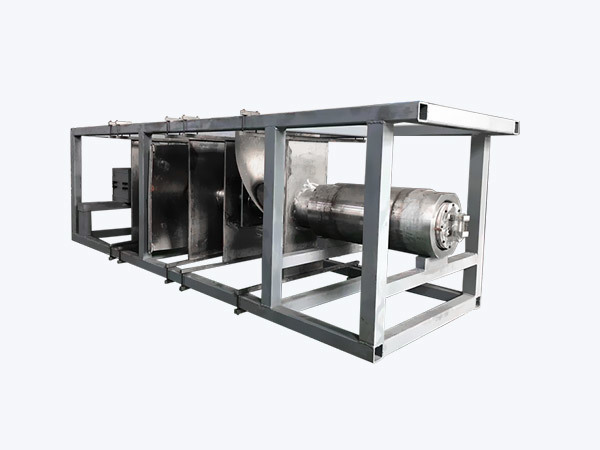Fast delivery
Global supplier
Innovative solutions
Understanding Pultrusion Tooling: The Backbone of Advanced Composite Manufacturing
Jun 30,2025
Pultrusion tooling is a specialized process used in the production of composite materials, where continuous fibers are pulled through a resin bath and then formed into a specific shape using a heated die. This technique is particularly valuable in industries such as aerospace, automotive, and construction, where the demand for lightweight and durable materials is ever-increasing. Understanding pultrusion tooling is essential for manufacturers aiming to optimize their production processes and enhance the performance of their products.
At the heart of the pultrusion process lies the tooling, which consists of the die and associated components that shape the composite material as it cures. The die is typically made from high-strength materials that can withstand significant temperatures and pressures, ensuring the final product maintains its structural integrity. The design of the pultrusion tooling is critical, as it directly influences the flow of resin and the uniformity of the fiber distribution within the composite.
One of the key advantages of pultrusion tooling is its ability to produce long lengths of composite parts with consistent cross-sections. This efficiency minimizes waste and maximizes production output, making it a cost-effective solution for manufacturers. Moreover, the continuous nature of the process allows for the integration of various materials, such as fiberglass or carbon fiber, enabling the customization of properties to meet specific application requirements.
Another benefit of pultrusion tooling is its compatibility with automated systems. With advancements in technology, manufacturers can implement automated pultrusion lines that enhance production speed and reduce labor costs. Automation not only improves efficiency but also ensures a higher level of precision in part manufacturing, which is crucial for industries where safety and reliability are paramount.
In addition to its manufacturing benefits, pultrusion tooling also supports sustainability efforts. The process generates less waste compared to traditional methods, and the use of composite materials can lead to lighter products that improve fuel efficiency in transportation applications. As industries increasingly focus on reducing their environmental impact, pultrusion tooling presents a viable solution for producing eco-friendly materials.
In conclusion, pultrusion tooling is a fundamental aspect of modern composite manufacturing, offering numerous advantages such as efficiency, precision, and sustainability. By understanding the intricacies of this process, manufacturers can leverage pultrusion tooling to enhance their production capabilities and meet the evolving demands of various industries. As technology continues to advance, the future of pultrusion tooling holds even greater potential for innovation and growth in the manufacturing sector.
At the heart of the pultrusion process lies the tooling, which consists of the die and associated components that shape the composite material as it cures. The die is typically made from high-strength materials that can withstand significant temperatures and pressures, ensuring the final product maintains its structural integrity. The design of the pultrusion tooling is critical, as it directly influences the flow of resin and the uniformity of the fiber distribution within the composite.
One of the key advantages of pultrusion tooling is its ability to produce long lengths of composite parts with consistent cross-sections. This efficiency minimizes waste and maximizes production output, making it a cost-effective solution for manufacturers. Moreover, the continuous nature of the process allows for the integration of various materials, such as fiberglass or carbon fiber, enabling the customization of properties to meet specific application requirements.
Another benefit of pultrusion tooling is its compatibility with automated systems. With advancements in technology, manufacturers can implement automated pultrusion lines that enhance production speed and reduce labor costs. Automation not only improves efficiency but also ensures a higher level of precision in part manufacturing, which is crucial for industries where safety and reliability are paramount.
In addition to its manufacturing benefits, pultrusion tooling also supports sustainability efforts. The process generates less waste compared to traditional methods, and the use of composite materials can lead to lighter products that improve fuel efficiency in transportation applications. As industries increasingly focus on reducing their environmental impact, pultrusion tooling presents a viable solution for producing eco-friendly materials.
In conclusion, pultrusion tooling is a fundamental aspect of modern composite manufacturing, offering numerous advantages such as efficiency, precision, and sustainability. By understanding the intricacies of this process, manufacturers can leverage pultrusion tooling to enhance their production capabilities and meet the evolving demands of various industries. As technology continues to advance, the future of pultrusion tooling holds even greater potential for innovation and growth in the manufacturing sector.
PREVIOUS:
Contact Us
Tel:
+86017717930013 +86013621742959
Email:
Address:
No.99 Denggao Road, Motou Town, Rugao City, Jiangsu Province, China.








